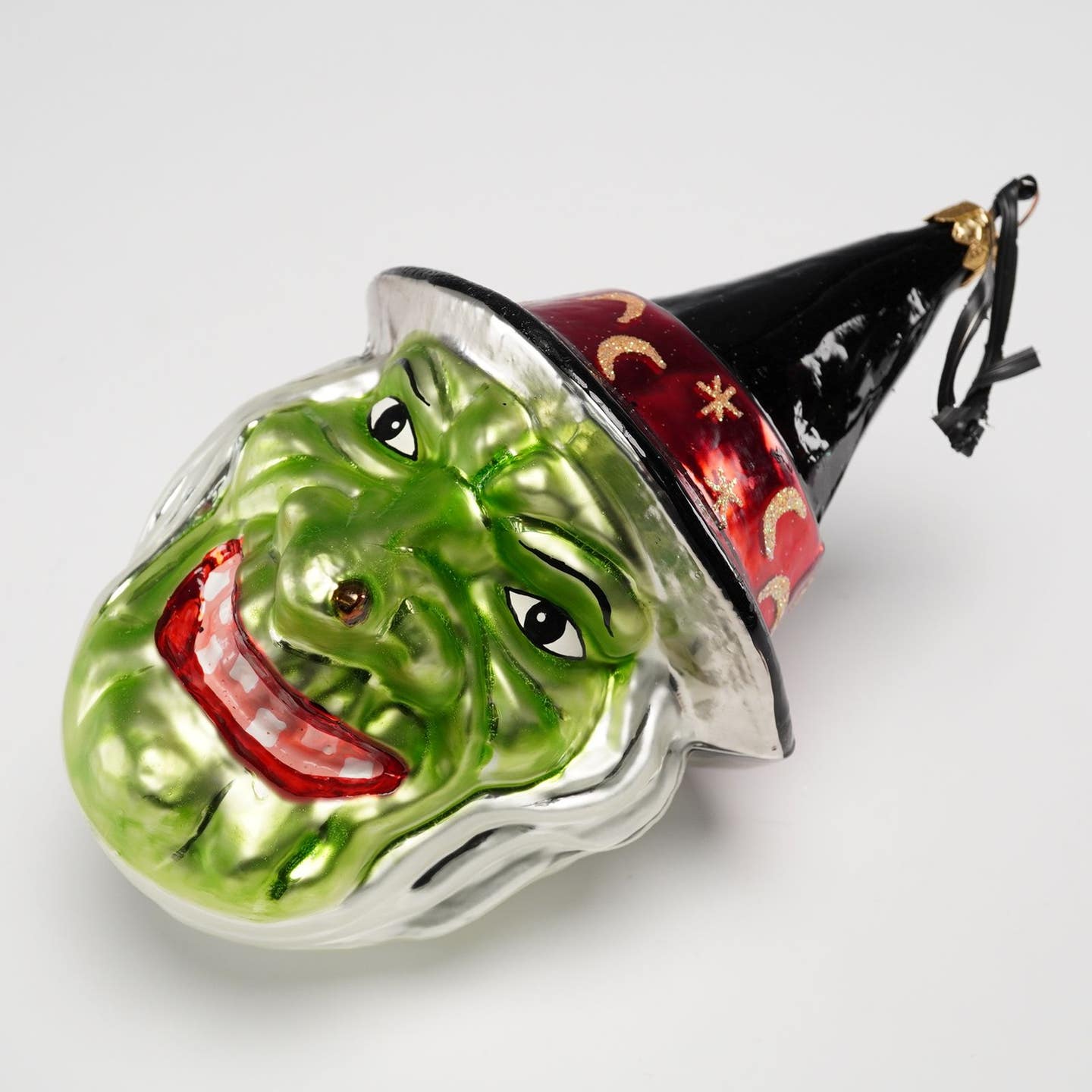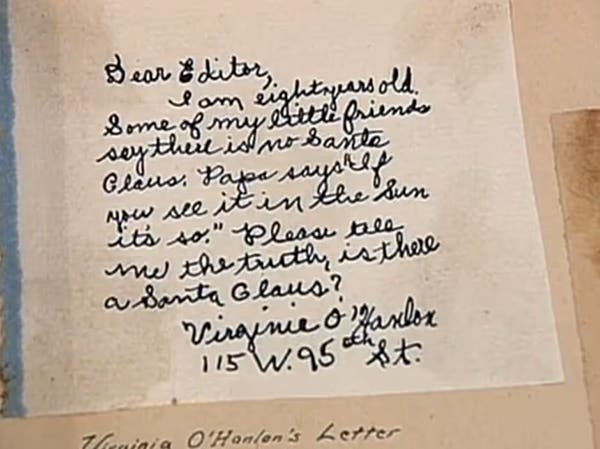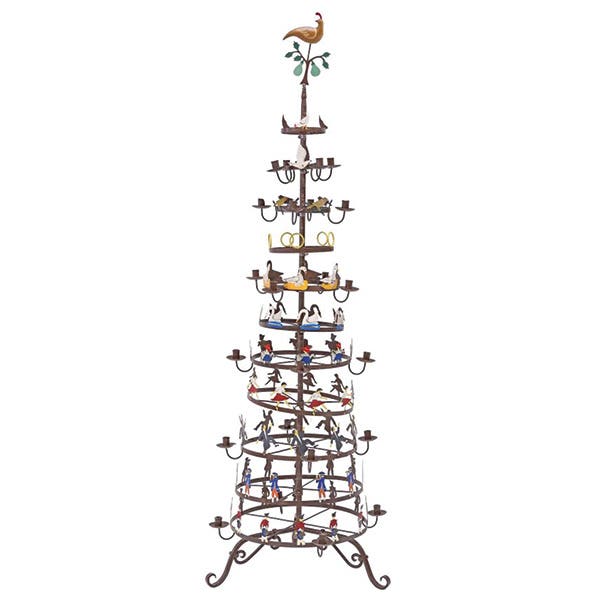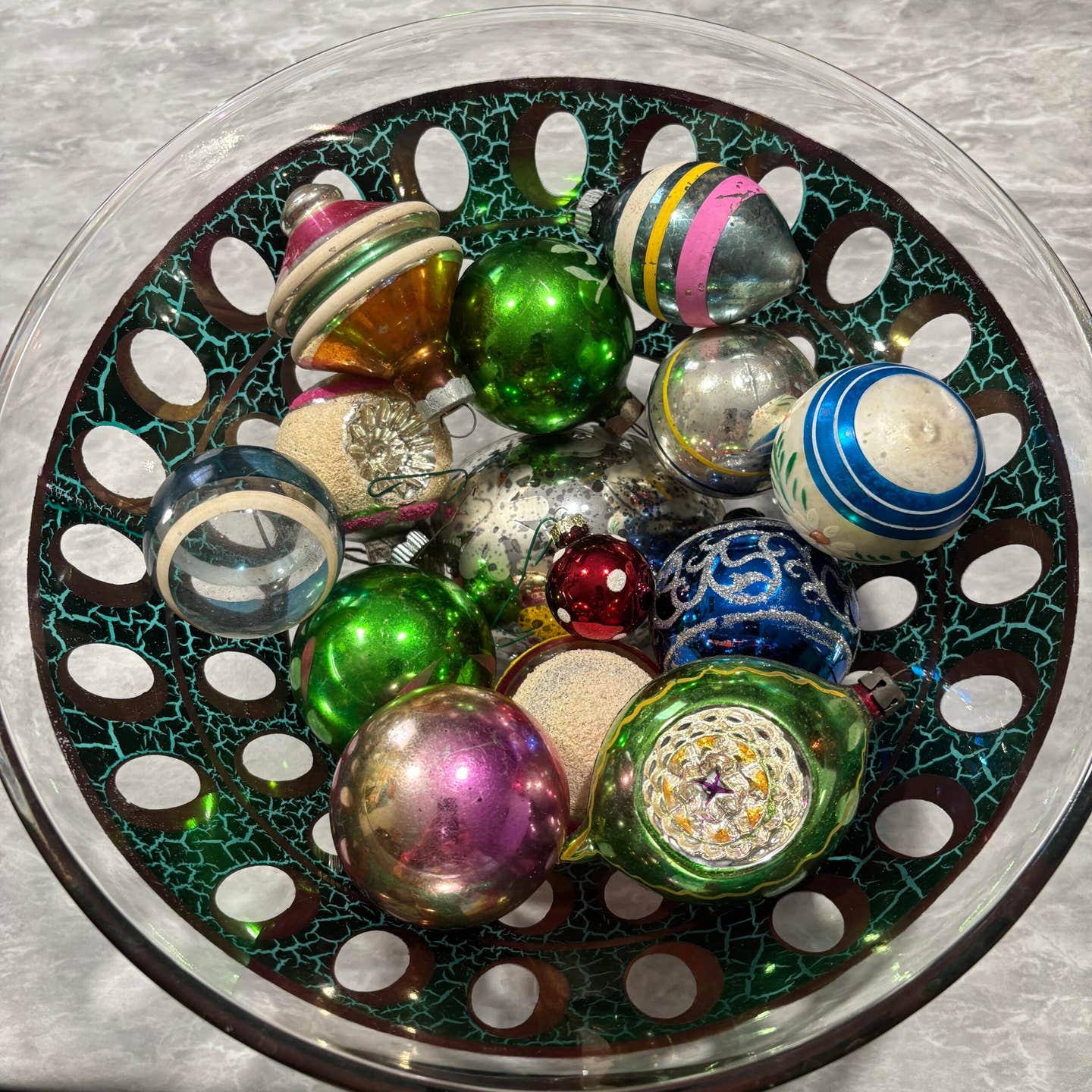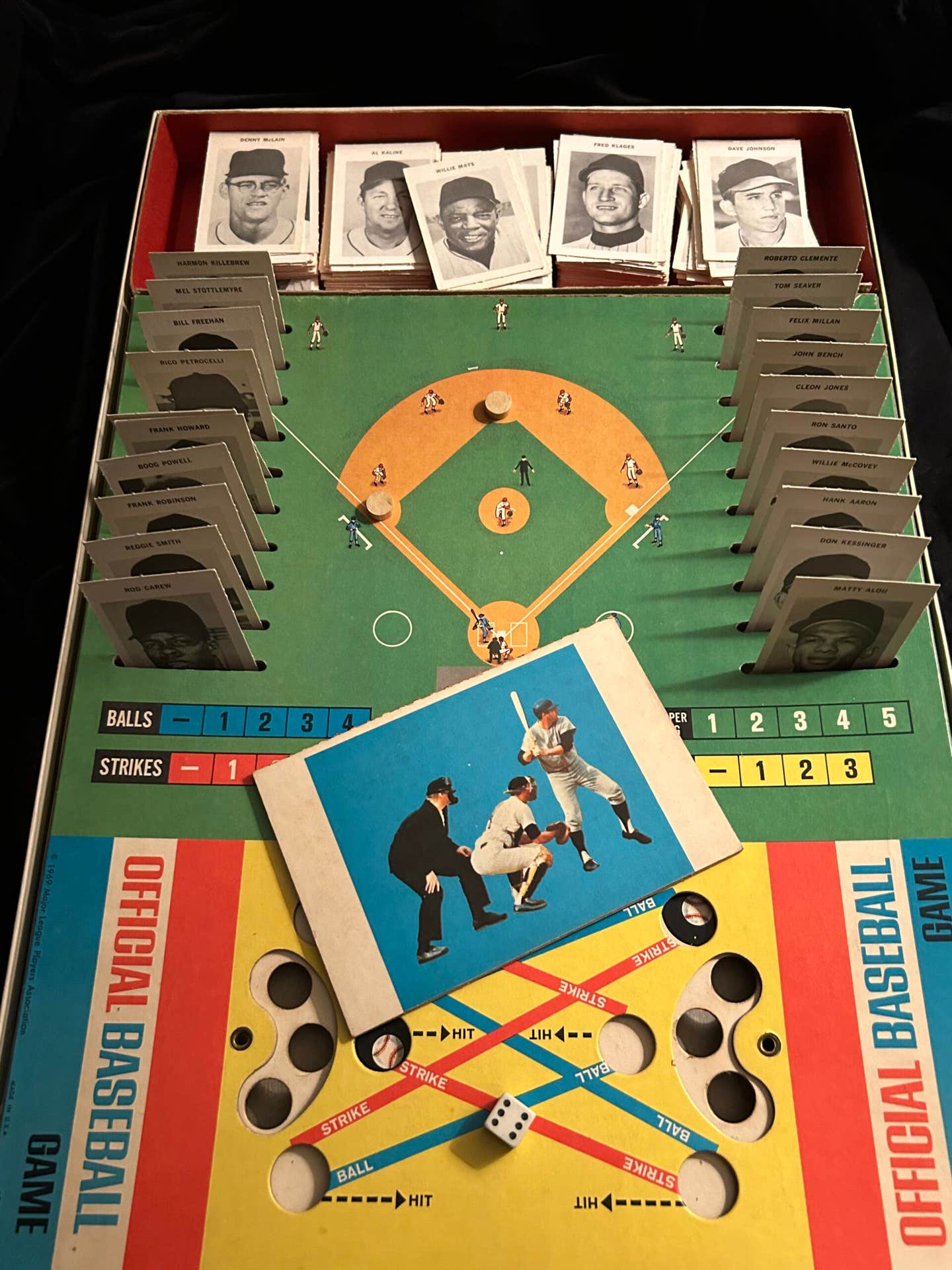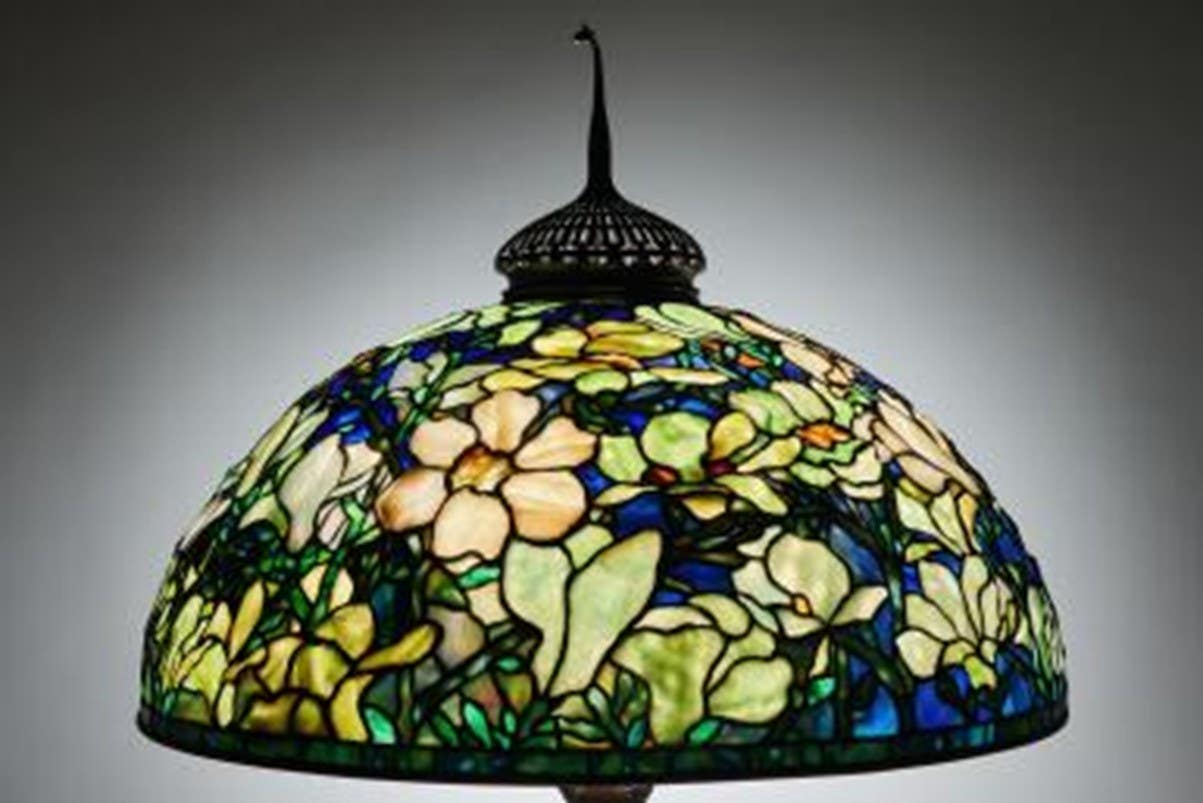Love At First Slope
After more than two decades, Nicholas Lowry’s long-term romance with travel posters continues to sizzle at Swann Auction Galleries.
Nicholas Lowry has his hands full.
It’s Take-Your-Dog-To-Work Day at Swann Auction Galleries and Lowry, the president and principal auctioneer of the third-generation family business in New York, is balancing an interview with caring for an energetic puppy. What could go wrong?
Swann specializes in works on paper – books, maps, manuscripts, drawings, prints, and the such. Right about now Tilda, Lowry’s Boston Terrier pup, is threatening to knock over her water dish on prized posters in his office.
Fortunately, Lowry is as adept at doggie day care as he is behind the podium of one of the 30-35 auctions Swann holds annually. Tilda gets some attention. Her water dish remains upright. And disaster is averted.
“You’re always hoping some puppy will choose you and that it will be love at first sight,” Lowry says about seeing Tilda for the first time. “It didn’t quite happen like that for us.”
Instead, when Lowry picked her up and held Tilda in his arms she chewed on the end of his handlebar mustache. “Well, that’s close enough,” Lowry said of their love-at-first-bite introduction. “She’s the one.”
Lowry’s ability to bond with puppies over mustache wax is as impressive as his passion for vintage posters, his other area of expertise. Thanks to his many TV appearances on Antiques Roadshow, the longtime running PBS program, Lowry is one of the most famous vintage poster experts in the country. It doesn’t hurt that his distinctive wardrobe – vividly colored three-piece plaid suits custom tailored in the UK – ample mustache and slicked back hair makes for a memorable impression.
Lowry combines the expertise and look with healthy doses of dry wit to make any stranger feel comfortable. A 2017 Antiques Roadshow promo, dubbed “Nicho’s Checkered Past,” offered a tongue-in-cheek fashion roundup through his two-decade run on the show, including the time he told a guest that seeing her rare 1930s refrigerator ads “sets my tartan all a-twitter.”
But don’t let the natural showman fool you, Lowry’s grasp of Golden Age travel posters is staggering. The posters from the 1920s and 1930s, not unlike Lowry himself, are wonderfully quirky by nature.
“Art is meant to be kept and treasured,” Lowry says. “Posters by their very definition were ephemeral. They were not meant to be saved. They were printed to be hung on billboards and in train stations and then to be removed or painted over once the next campaign came along. They were never meant to be kept at all.”
Instead, Lowry explains, the posters were meant to arrest your eyes as you walk down the street and then slip into your subconscious. “They’re colorful, they’re bright, they’re eye-catching. They were made to attract your attention — to excite something in your brain and pass their message on to you. And they were made to look good.
“A handful of impassioned people saw fit to keep some and when printers had overages those were sold, but I think one of the things that makes poster collecting so exciting is that it is unintentional art. It was art that was never meant to be kept and the fact that it does remain in some form or another is rather exciting.”
Poster collecting tends to reflect personal experience with a region, a mode of transportation (think cruise lines, air travel, trains), a life experience. Lowry’s personal collecting zeal is for posters from Czechoslovakia (where his father was born) dating from the 1890s to the 1970s. Lowry lived in Prague for four years after graduating from Cornell. Today, he and his father have more than 1,000 Czech posters between them.
While growing up, Lowry’s family had a home in Brattleboro, Vermont. He learned to ski at the local resorts like family-friendly Bromley Mountain and Magic Mountain.
An avid skier in his youth, Lowry admits to recalling those carefree winter excursions fondly while now sitting behind his desk with aging knees. Even so, as a fervent poster connoisseur and specialist, Lowry was happy to share his favorite ski posters with us when asked.
“A fair amount has been written about the best European ski posters, but there were also a lot of really wonderful American posters, and the following represent my 12 all-time favorites. They are not necessarily the most expensive, nor the rarest, but posters that in one way or another really caught my professional and personal fancy.”
Paul Kennedy is Editorial Director of the Collectibles Group at AIM Media. He enjoys Mid-century design, photography, vintage movie posters and people with a good story to share. Kennedy has more than twenty-five years of experience in the antiques and collectibles field, including book publishing. Reach him at PKennedy@aimmedia.com.



